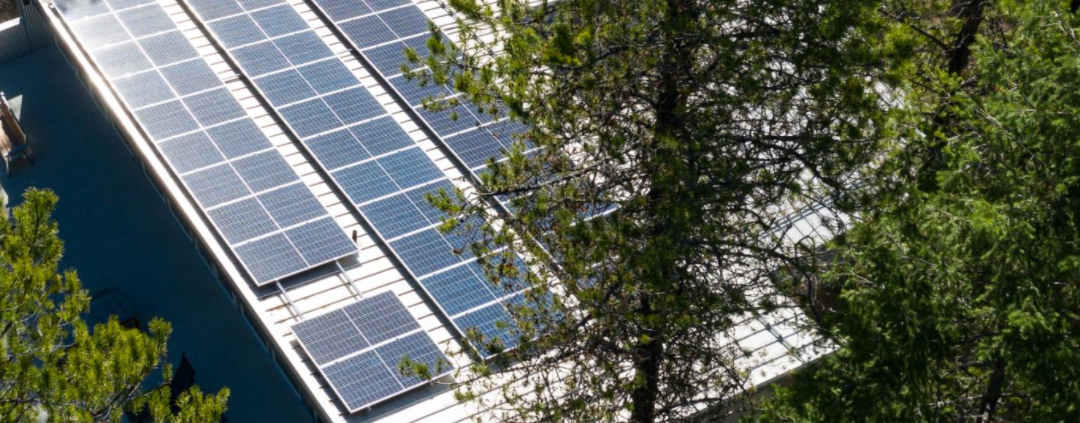In today's world, where climate change and the Earth's limited resources are becoming increasingly urgent, the energy efficiency of buildings is playing an increasingly important role. Buildings significantly contribute to global energy consumption, both during their operation and in their construction. Therefore, strategies to promote energy efficiency in buildings are gaining importance to achieve more sustainable and environmentally friendly construction methods. This article discusses some of the leading strategies for increasing energy efficiency in buildings and neighborhoods.
Building Insulation and Sealing play a prominent role, as emphasized by the International Energy Agency (IEA). Efficient insulation minimizes heat loss, leading to reduced heating and cooling requirements. This, in turn, results in a significant reduction in energy consumption and CO₂ emissions in the construction sector (Source: International Energy Agency. “Energy Efficiency 2019.” IEA, 2019).
Another important strategy to enhance energy efficiency in buildings and neighborhoods is the use of smart building technology and automation. The Fraunhofer Institute highlights how sensors and control systems can be used in buildings to optimize energy consumption based on usage data and environmental conditions. Automated controls for lighting and heating can significantly reduce energy use without compromising occupant comfort (Source: Fraunhofer Institute for Building Physics. “Energy-Efficient Buildings.” Fraunhofer IBP, 2020).
A look at sustainable building materials and construction methods reveals their essential role in energy-efficient buildings and neighborhoods. The World Green Building Council emphasizes the importance of eco-friendly materials like recycled concrete and wood. The use of such materials not only reduces the ecological footprint during production but also contributes to energy efficiency and occupant health. Concepts like passive houses minimize the energy needed for heating and cooling (Source: World Green Building Council. “Bringing Embodied Carbon Upfront.” WorldGBC, 2019).
Developing tailored concepts for buildings and neighborhoods is crucial for the successful implementation of energy efficiency strategies. These concepts take into account specific requirements, usage profiles, and spatial conditions to achieve optimal results. A holistic approach to sustainable buildings goes beyond individual structures. Creating eco-friendly neighborhoods and integrating the community are equally important. Infrastructure, transportation connectivity, and social aspects should be incorporated into this concept to design a sustainable environment that meets the needs of both residents and nature. Implementing energy-efficient and environmentally friendly buildings requires a well-thought-out concept that combines modern technologies, sustainable materials, and renewable energies. This comprehensive approach allows us to actively contribute to protecting our environment and creating a sustainable future for coming generations.


Leave a Reply
Want to join the discussion?Feel free to contribute!